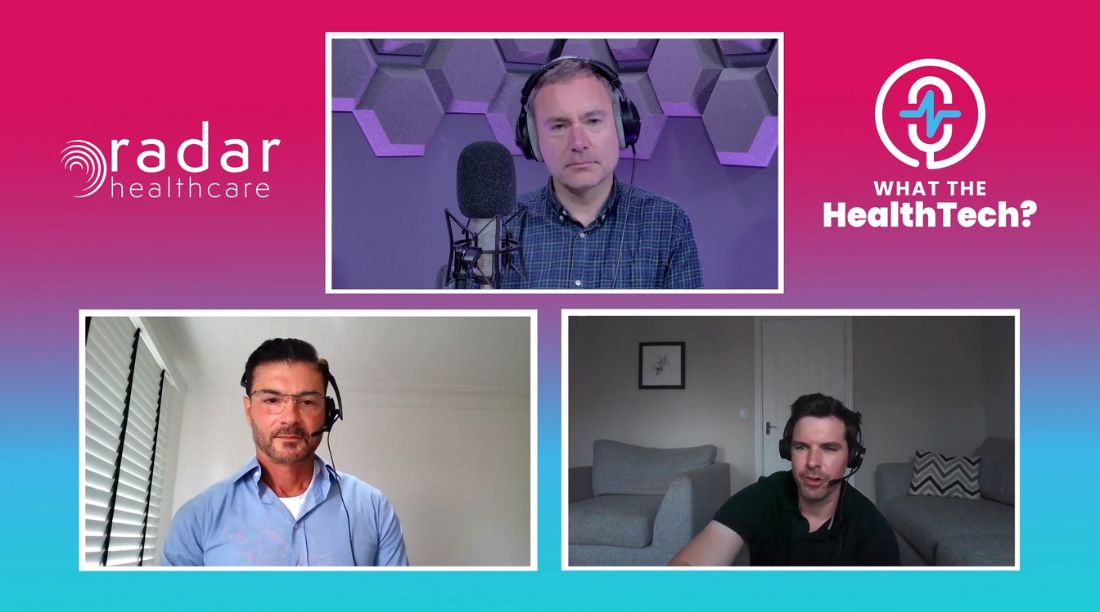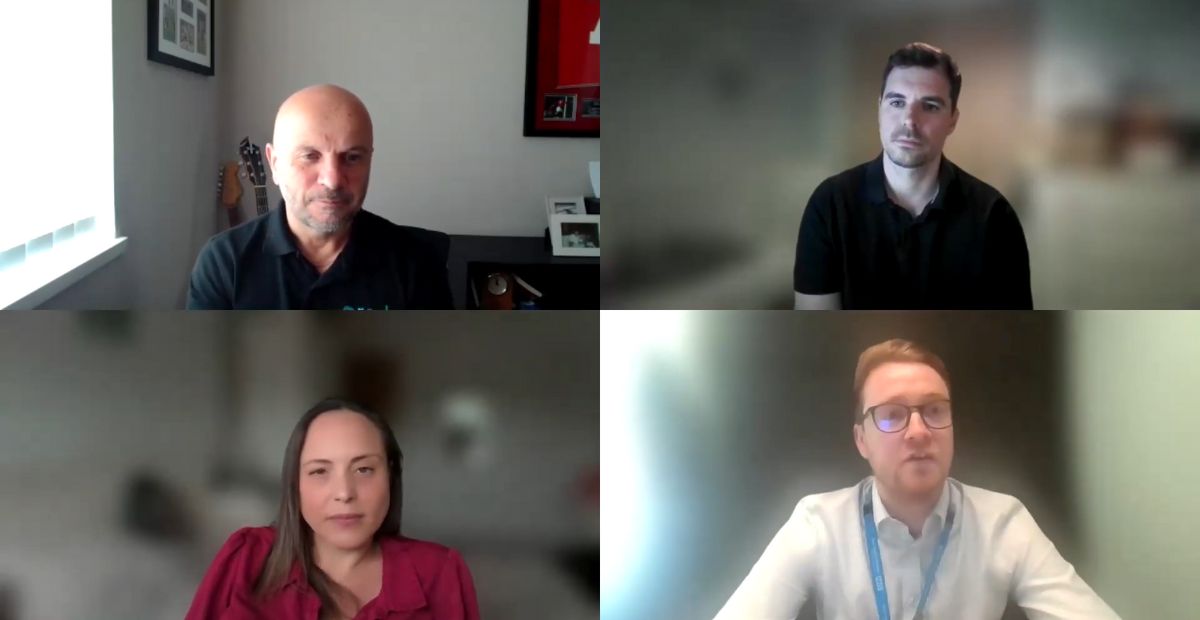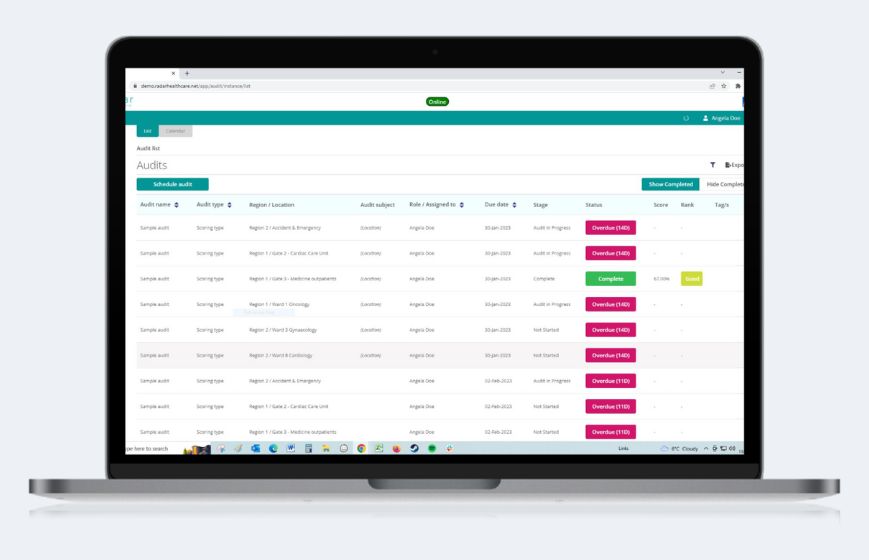What is the LFPSE V6 Taxonomy? Everything you need to know
Tags:
Enhancing Patient Safety with LFPSE V6
Healthcare providers are always seeking ways to enhance patient care and safety. Successful implementation and execution of new frameworks, like Learning from Patient Safety Events (LFPSE) is a crucial tool for achieving this and we’re proud to announce that Radar Healthcare is the first risk, quality and compliance system to gain LFPSE V6 accreditation!
In a recent webinar with Digital Health and our partners, Guy’s and St Thomas’ Foundation NHS Trust (GSTT), we discussed how LFPSE can improve patient outcomes. This conversation sparked many interesting questions about the new LFPSE V6 taxonomy and its benefits for organisations.
In this blog, we’ll cover everything you need to know about LFPSE V6: what it is, its importance, best practices, and more.
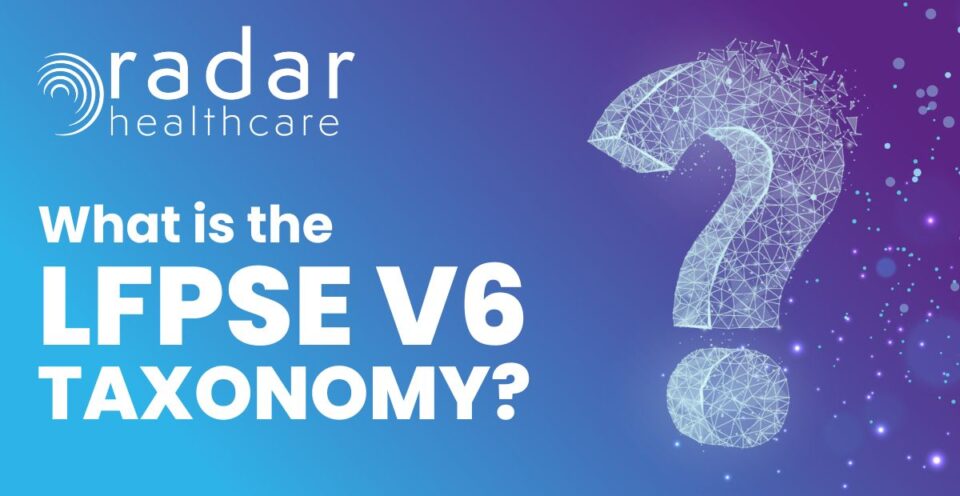
What is LFPSE Taxonomy V6?
The LFPSE is a standardised framework designed to categorise and report patient safety incidents in healthcare settings. Its purpose is to facilitate better data collection, reporting, and analysis, which ultimately aims to improve patient outcomes and care quality.
Building on the current live version (LFPSE V5), LFPSE V6 serves as a significant improvement, enabling more efficient collection and submission of patient safety incidents to enhance patient outcomes.
What are the key changes in LFPSE Taxonomy V6 compared to previous versions?
LFPSE Taxonomy V6 introduces several significant updates over previous versions, including enhanced data categories for more detailed incident reporting, an improved user interface for easier navigation, and better integration capabilities with existing healthcare systems.
Notable changes include the ability to delete records without NHS England intervention, modifications to medication coding, and the inclusion of supporting questions for the Patient Safety Incident Response Framework (PSIRF).
Furthermore, V6 enhances the process of submitting data to the Care Quality Commission (CQC) by introducing new questions that replace those from the STEIS system. Despite these improvements, the reporting of Risk and Outcomes events continues to be optional.
"We had a fantastic reporting team that greatly contributed to the successful implementation of Radar Healthcare and LFPSE. Sarah Adams from Radar Healthcare served as our Project Manager and maintained constant communication with us. She fostered a strong relationship with our team, making it easier to progress and align with our internal goals, as well as align with national directives like LFPSE and PSIRF."

Why is LFPSE compliance important for healthcare providers?
By providing a robust framework for reporting incidents, healthcare providers can better identify and mitigate risks, and, therefore, enhance patient safety. Moreover, by meeting the updated regulatory requirements, organisations can be rest assured that they are not only meeting the national standards by elevating their quality and compliance.
What are some of the challenges to consider?
LFPSE Taxonomy V6 is designed to be compatible with most healthcare systems, but some integration challenges may still arise. Ensuring your current system supports the new taxonomy and safely transferring existing data to the new system are critical steps. Overcoming adoption challenges such as resistance to change can be managed through training and demonstrating the benefits, while technical issues require close collaboration with IT for a smooth implementation. Additionally, there are costs to consider, including purchasing or upgrading software to support the new taxonomy and investing in staff training and development programs.
Top tips for implementing LFPSE Taxonomy V6
🛠 Define your organisational goals first: Begin by aligning your internal objectives with the requirements of NHS England. Although there are established frameworks, it’s crucial to tailor incident report plans to address the specific risk factors of your local area. While LFPSE mandates the collection of certain key incident data, you must also identify and focus on key risk areas pertinent to your local context to meet national reporting standards effectively.
🔍 Assess your current systems and processes: Evaluate your existing incident reporting systems for compatibility with LFPSE V6. Consider whether your current systems can communicate with each other to prevent duplication. Ensure that your governance and incident reporting processes can meet the new standards effectively and efficiently. Remember that it is okay to re-evaluate and make necessary adjustments to maintain its effectiveness and compliance.
📚 Train and support your workforce: It is important to provide comprehensive training for all relevant staff members on the new taxonomy and how to correctly fill in and submit the forms to ensure smooth adoption and efficient use.
🔄 Future-proof your strategy and system: Ensure that the processes and systems you implement for LFPSE V6 are flexible, scalable, and capable of adapting to future enhancements and changes. Consult with your current software provider and team to confirm this flexibility.
📢 Utilise user feedback: Gather feedback from multiple stakeholders across your organisation. Adopting a user-centric approach ensures that the needs and experiences of end users are prioritised, leading to a more effective and user-friendly implementation.
“I believe the key to success lies in aligning our desired outcomes with initial usability and user-friendliness. This approach is crucial from the outset of any framework or process implementation, including LFPSE. Establishing a predefined taxonomy provides a solid foundation of documentation to build upon and support future processes effectively. Early engagement with users is essential right from the start, guiding and shaping our progress throughout the implementation process. At Radar Healthcare, we believe in maintaining a consultative approach throughout, ensuring continuous refinement leading up to the go-live stage and beyond."

LFPSE with Radar Healthcare
We’re here to help! As the first supplier to achieve LFPSE compliance, collaborating with NHS improvement and Milton Keynes University NHS Trust (MKUT), the first NHS Trust in the UK to go live with the new system in 2021, we have a wealth of experience in successful implementation. Since then, we have worked closely with many partners to refine our product offering, ensuring successful adherence to LFPSE V5. This includes working alongside a range of different public health organisations, including Guy’s and St Thomas’ Foundation NHS Trust (GSTT), Circle Health Group, Hertfordshire Community NHS Trust, and more.
Our deep understanding of the importance of patient safety drives us to collaborate with NHS partners, tailoring our software to their specific needs rather than adopting a ‘one-size-fits-all’ approach. With regulatory frameworks like LFPSE and PSIRF changing the landscape, we are dedicated to helping you make a difference and improve patient outcomes.
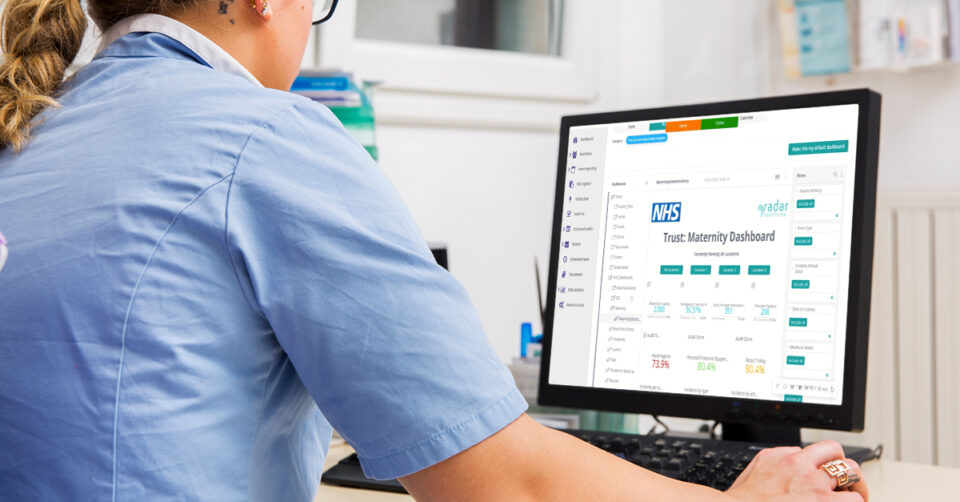
Book a free demo
